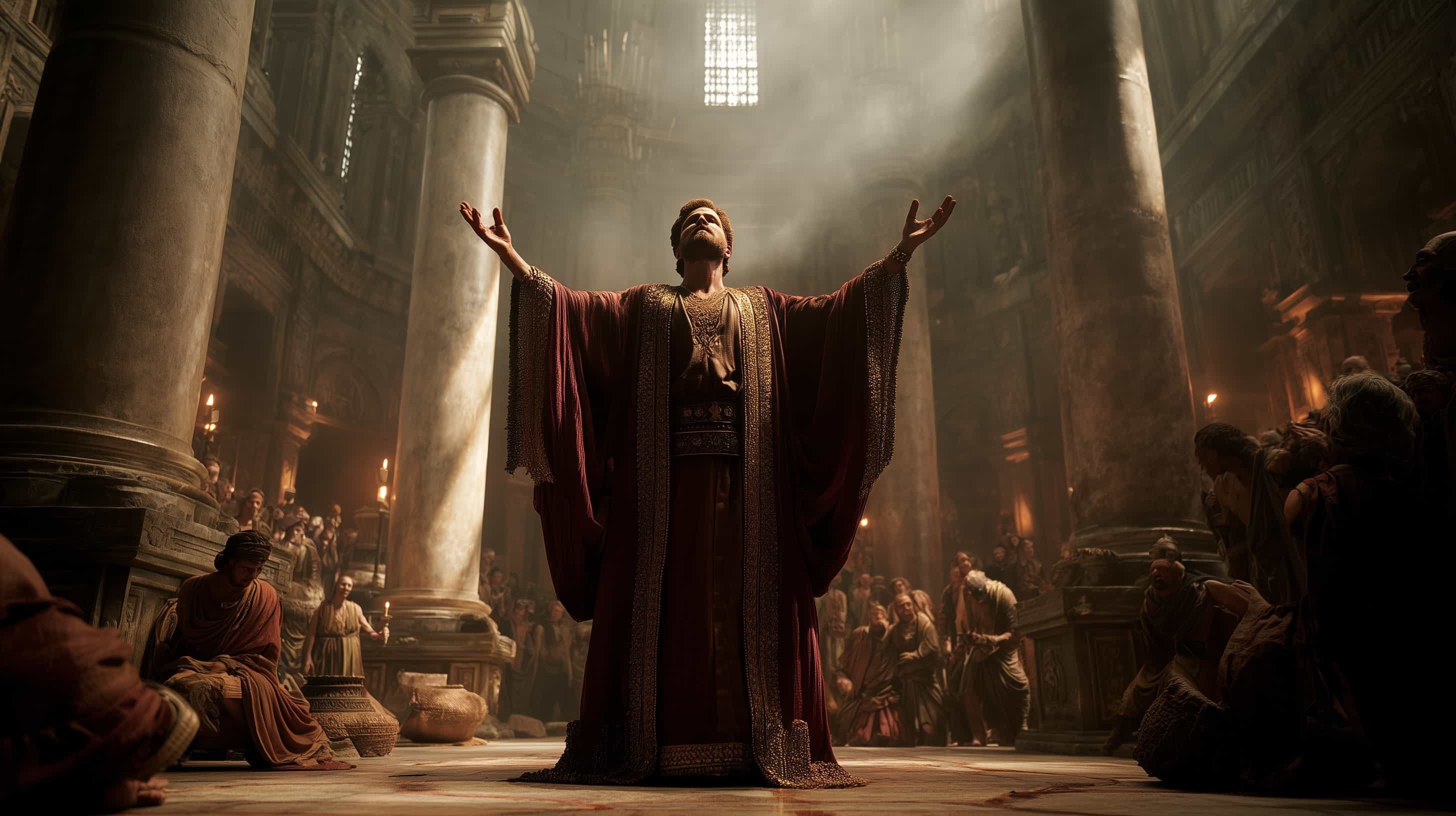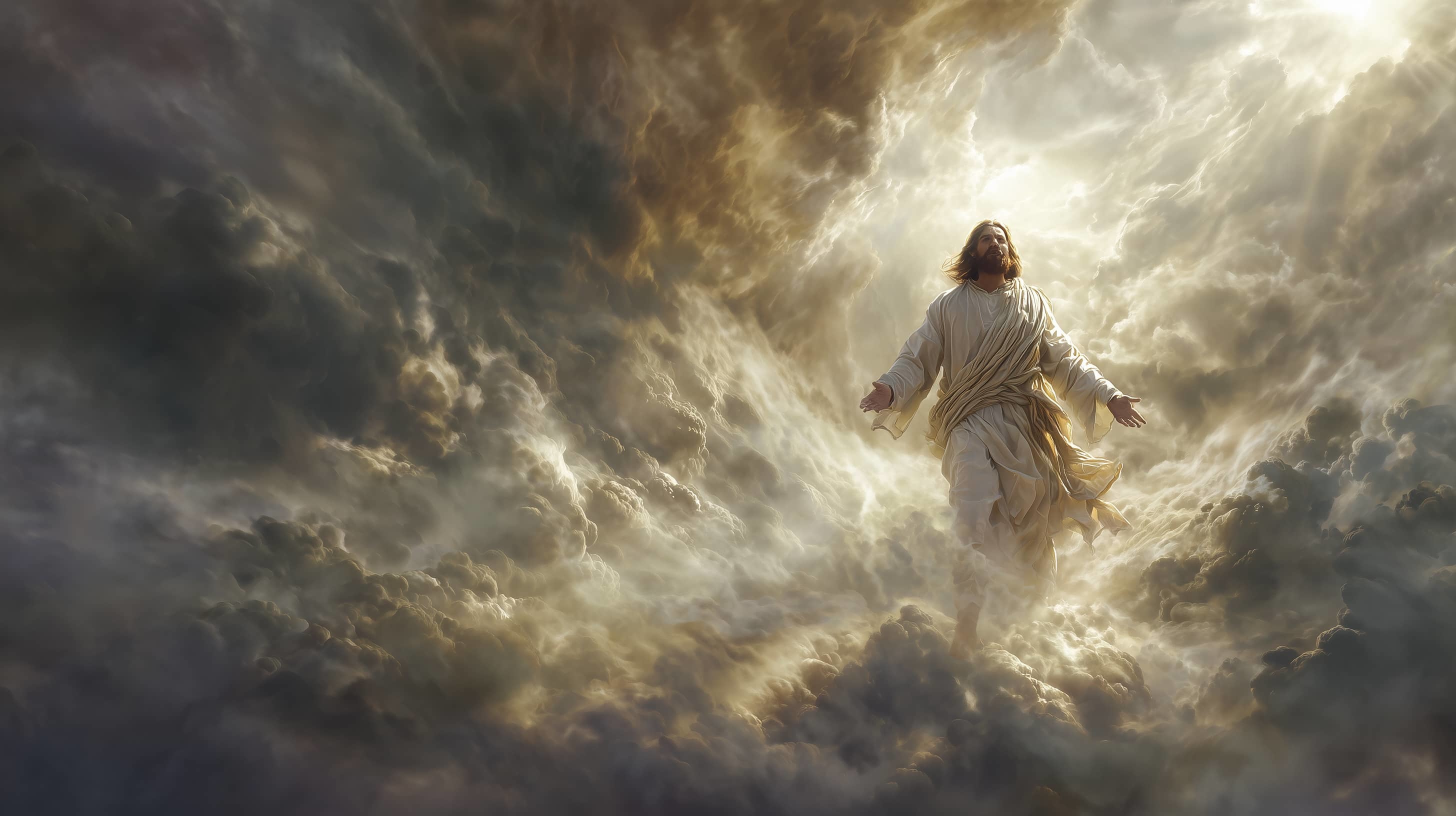
The scene is tense. Whispers stir among the church in Thessalonica: “The day of the Lord has already come!”
Some are quitting their jobs, abandoning their responsibilities, and waiting for Jesus to split the skies at any moment.
Panic spreads. Fear grips the faithful.
Into that swirl of hysteria, Paul writes: “Let no one deceive you in any way. For that day will not come, unless the rebellion comes first, and the man of lawlessness is revealed—the son of destruction.” (2 Thess. 2:3)
Who is this mysterious figure? What role does he play in the story of the end of the age? And most importantly, what does his coming mean for us today?

Part of mature Bible reading is the willingness to slow down and wrestle with difficult texts. We don’t skim over uncomfortable passages… we press in.
The “man of lawlessness” is one of those passages.
He unsettles us.
He raises questions.
He makes us squirm a bit.
But he also sharpens our faith and deepens our hope.
So what do we know from 2 Thessalonians 2:1-12?
Paul calls him a man of lawlessness (v. 3). He is not Satan, but he is empowered by Satan (v. 9).
He rejects all authority, divine or human. He sets himself above every object of worship (v. 4).
He seats himself in God’s temple, proclaiming that he is God (v. 4). This is the climactic act of antichrist rebellion—declaring himself as god in place of the true Christ.
Paul calls him the son of destruction (v. 3). His end is already written: Jesus will slay him with the breath of His mouth at His coming (v. 8).
His reign will be marked by “power and false signs and wonders” (v. 9).

This “man of lawlessness” is the climactic antichrist, but his shadow has fallen across history many times before. Jesus Himself warned, “Because lawlessness will be increased, the love of many will grow cold.” (Matthew 24:12)
We see the pattern:
Cain killed Abel out of hatred toward God.
Pharaoh enslaved Israel to exalt his own power.
Nebuchadnezzar demanded worship as if he were God.
Herod slaughtered innocents to protect his throne.
The Pharisees crucified Christ out of envy and pride.
Each was a forerunner, a preview, a whisper of the ultimate rebellion still to come. The man of lawlessness is the culmination of this spirit, Satan’s final counterfeit king.
This is the reality you have to accept when doing faith-based media, and we expect to be back and running after our appeal. For now, you can support us by watching our content on the PRAY.COM app.

